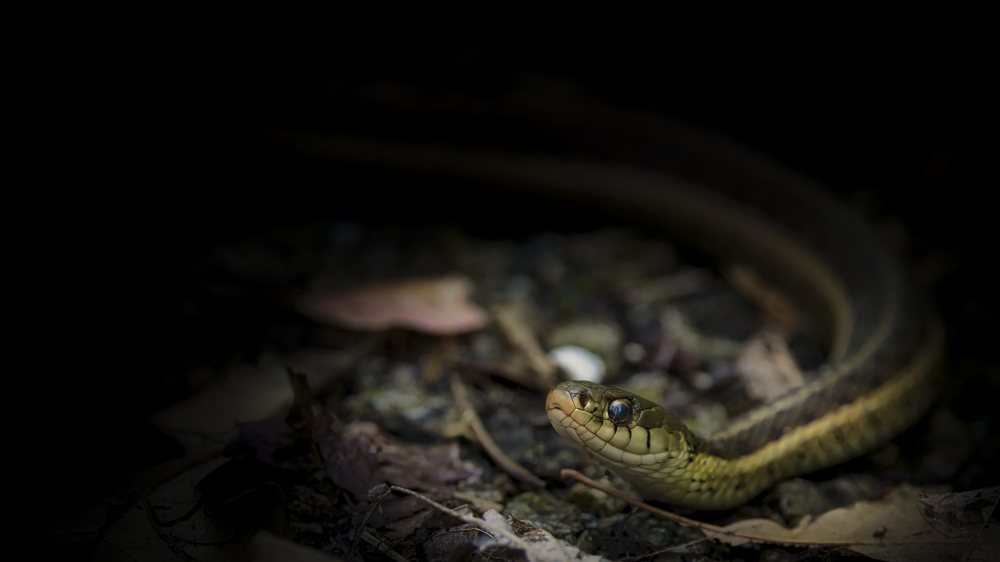
Tree Swallow
(Tachycineta bicolor)
The Tree Swallow, scientifically known as Tachycineta bicolor, is a small migratory bird species that belongs to the swallow family Hirundinidae. Here are some key details about the Tree Swallow:
Physical Description:
- Size: Tree Swallows are approximately 12 to 15 centimeters (4.7 to 5.9 inches) in length.
- Plumage: The males and females have similar plumage. They have shiny, iridescent blue-green upperparts and white underparts.
- Flight: They have slender bodies and long, pointed wings, which enable them to perform agile aerial maneuvers.
Habitat:
- Range: Tree Swallows are native to North America. During the breeding season, they can be found in various habitats across the continent, from Alaska and northern Canada to the southern United States.
- Nests: They typically nest in tree cavities, especially those created by woodpeckers, but they are also known to use nest boxes. They are cavity nesters, and they compete with other bird species for suitable nesting sites.
Behavior:
- Migration: Tree Swallows are migratory birds. They spend their breeding season in North America and migrate to southern United States, Mexico, and Central America during the winter.
- Feeding: They are insectivores and primarily feed on flying insects, such as flies, mosquitoes, beetles, and dragonflies. They catch their prey while in flight, performing acrobatic maneuvers to capture insects in mid-air.
- Social Behavior: Tree Swallows are highly social birds and often form large flocks, especially during migration. They are known for their synchronized aerial displays, where groups of birds fly together in intricate patterns.
Breeding:
- Courtship and Mating: During the breeding season, male Tree Swallows perform elaborate flight displays to attract females. They engage in aerial acrobatics, fluttering their wings and calling to the females.
- Nesting and Eggs: The female builds the nest using grass, feathers, and other soft materials, usually in a tree cavity or nest box. The clutch size consists of 4 to 7 pure white eggs.
- Incubation and Fledging: The eggs are incubated by the female for about 14 to 16 days. Both parents participate in feeding and caring for the hatchlings. The young birds fledge after approximately 18 to 24 days.
Conservation Status:
Tree Swallows are generally considered a species of least concern. Their population is believed to be stable, and they adapt well to nesting boxes, which has helped in their conservation efforts. However, habitat loss, competition for nesting sites, and pesticide use can pose challenges to their population in some areas.
Tree Swallows are beautiful and graceful birds that contribute to the ecosystem by controlling insect populations. Many bird enthusiasts enjoy observing their aerial displays and their presence in the natural environment.
